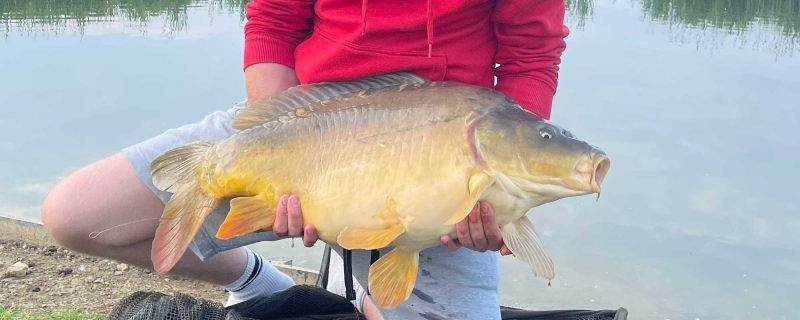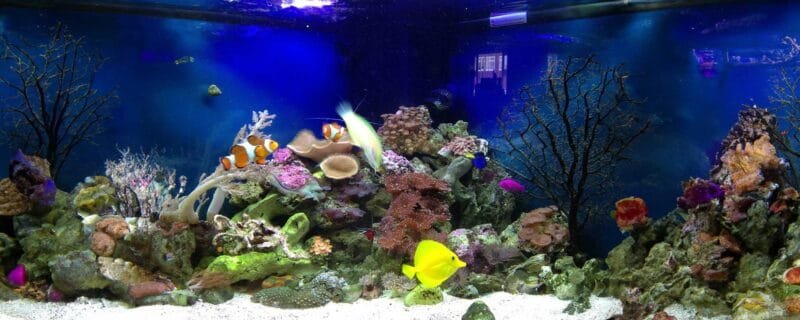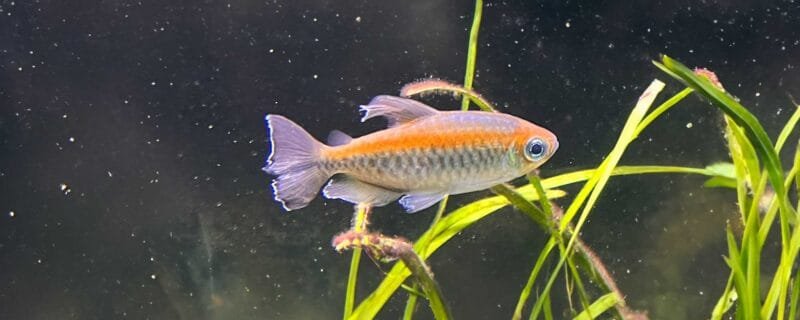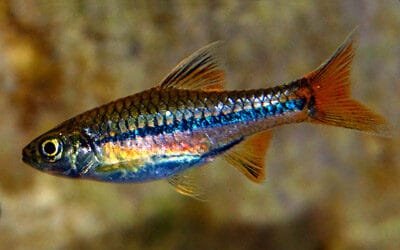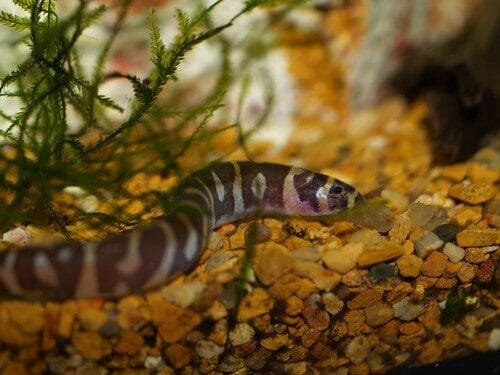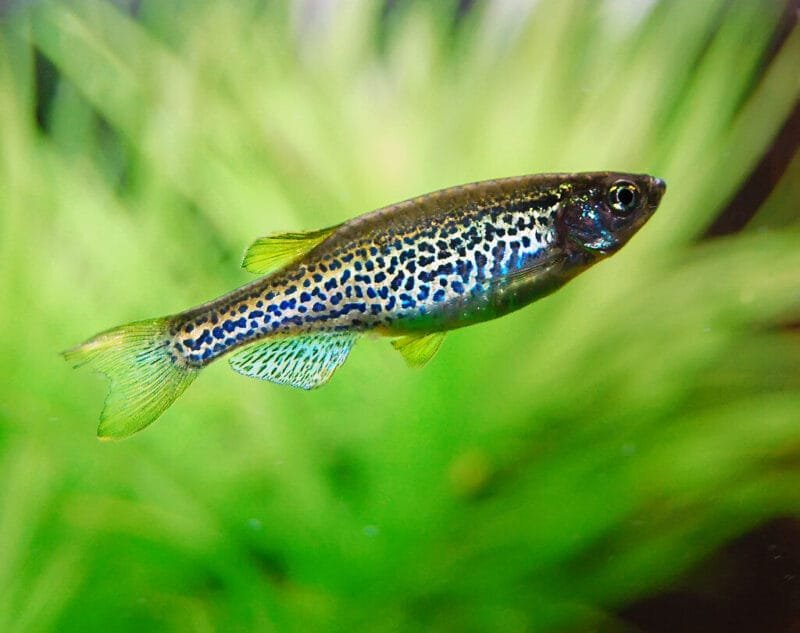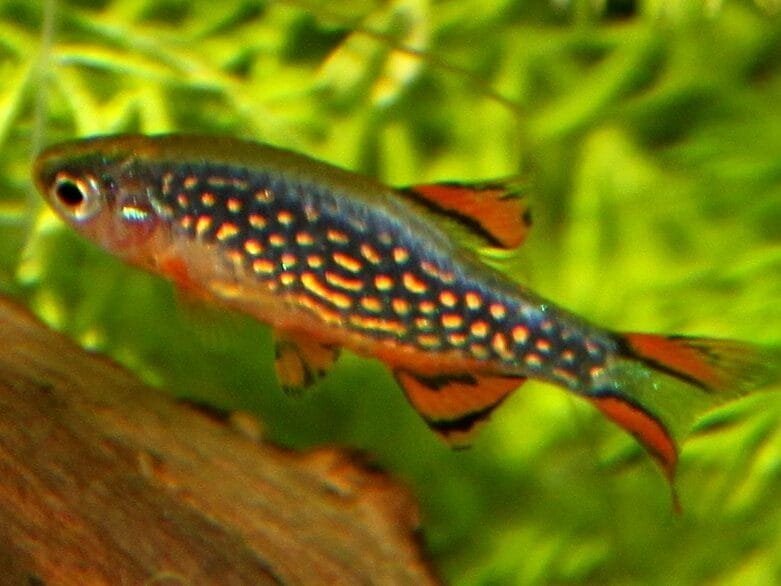Reflecting Beauty: The Mirror Carp (Cyprinus carpio carpio)
Mirror Carp, scientifically classified as Cyprinus carpio carpio, are a remarkable and captivating subspecies of the common carp. With their striking scales and peaceful demeanor, these fish have captured the admiration of both anglers and aquarists. In this comprehensive blog post, we’ll delve into the characteristics, natural habitat, suitability for community tanks, biodiversity, dietary preferences, alternative names, and tips for sexing male and female Mirror Carp.
Characteristics and Size
Mirror Carp are renowned for their unique and distinctive appearance, featuring:
- Large, mirror-like scales that can vary in size and placement across their body.
- A robust and elongated body shape that can grow significantly larger than other carp subspecies.
These remarkable scales lend Mirror Carp their name and make them highly sought after by enthusiasts.
Habitat and Native Range
Mirror Carp are not found in the wild as a separate species; they are a subspecies of the common carp (Cyprinus carpio). Common carp are native to Eurasia, with historical records indicating their presence in regions such as Eastern Europe and Asia. Over time, they have been introduced to various regions worldwide, including North America.
Suitability for Community Tanks
Mirror Carp, like their common carp relatives, are generally not recommended for community tanks due to their size and feeding habits. They can grow quite large, which may make them incompatible with smaller tankmates. Moreover, they are omnivorous bottom-feeders that can disturb the substrate and uproot plants.
Biodiversity: How Many Types Are There?
Mirror Carp are considered a subspecies of the common carp (Cyprinus carpio), and their distinguishing feature is their unique scale pattern. Within the broader common carp category, there are various subspecies and hybrids, each with its own characteristics and scale patterns.
Diet and Feeding Habits
Mirror Carp are omnivorous, with a diet that includes:
- Aquatic vegetation and algae.
- Insects, small invertebrates, and crustaceans.
- High-quality fish pellets and flakes.
- Occasional live or frozen treats like bloodworms, brine shrimp, and daphnia.
While they may forage on the bottom for food, they are also known to feed at the water’s surface.
Alternative Names
Mirror Carp are primarily known by their common name, but they may also be referred to as:
- Scaled Carp (highlighting their unique scale pattern).
- Mirror Scale Carp.
How to Differentiate Male and Female Mirror Carp
Sexing Mirror Carp can be challenging without specific breeding behaviors. However, there are some general indicators:
- Mature females may appear plumper, especially when carrying
Image Credit: Tim Garwood

